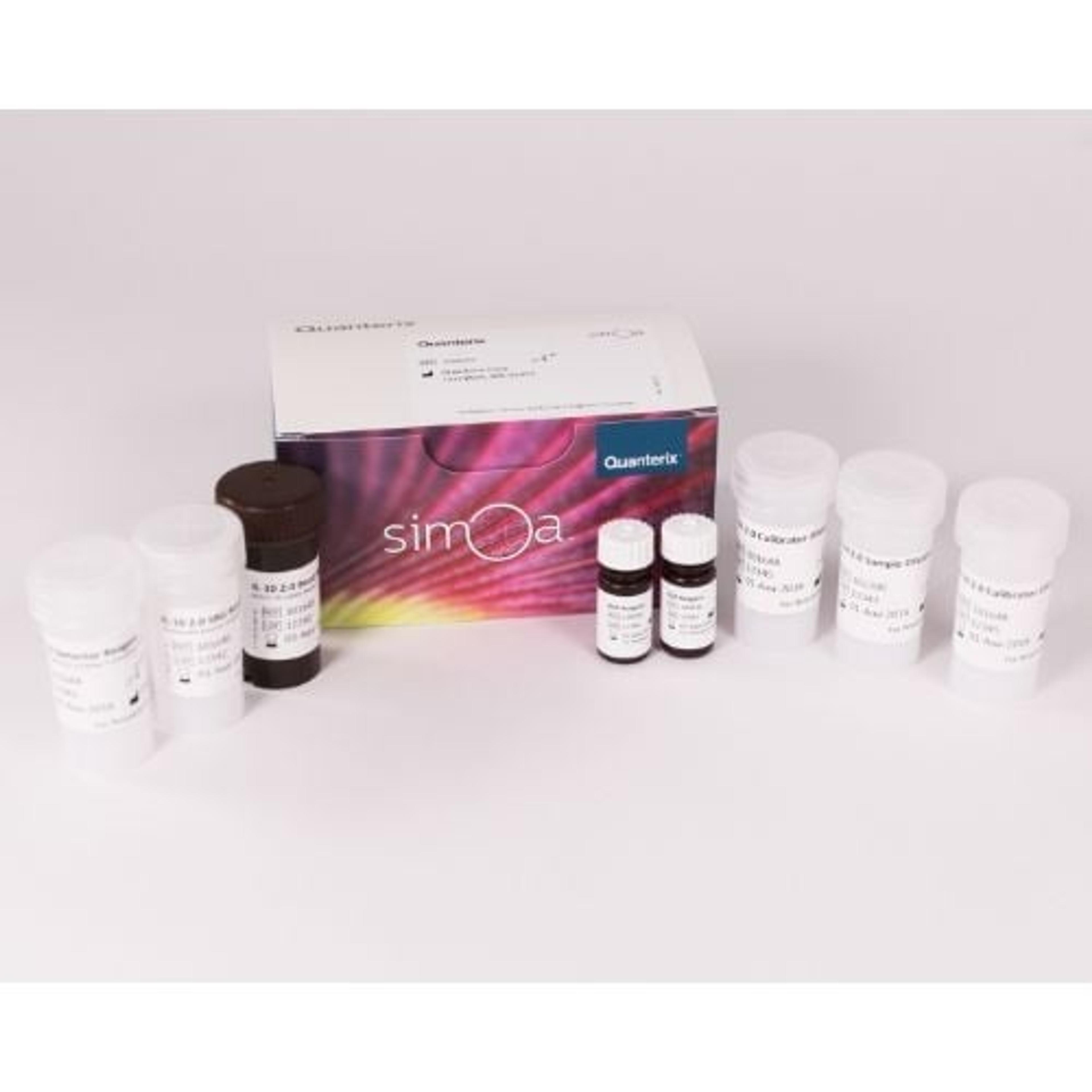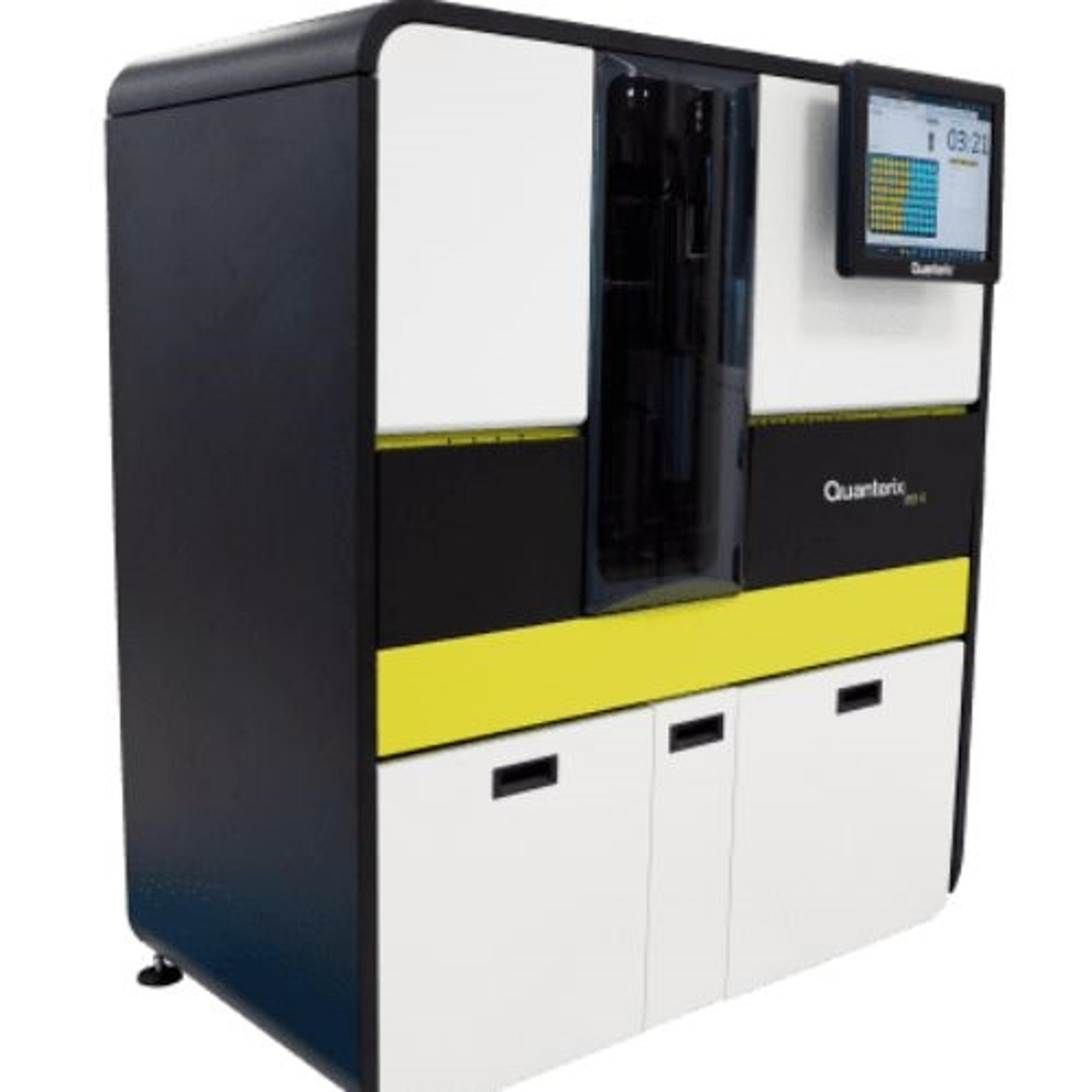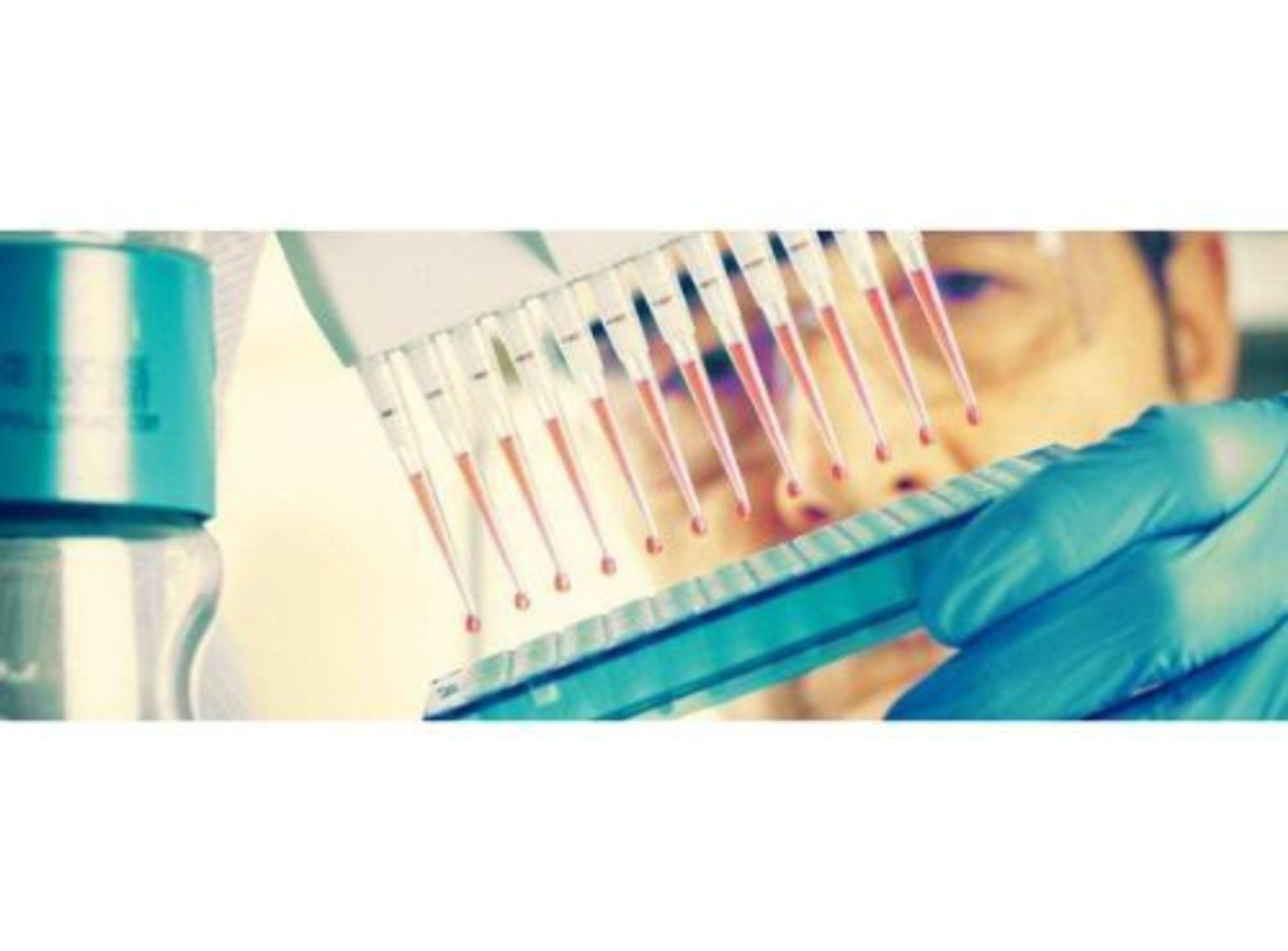Simoa Technology aims to transform future Alzheimer's disease detection and treatment
Learn how biomarkers can be used to transform drug approval and patient management in neurodegenerative medicine
13 Nov 2024

David Wilson, Vice President of Clinical Strategy at Quanterix
Identifying reliable biomarkers has become crucial in the advancing fields of neurological research and drug development. Biomarkers provide critical insights into disease progression and treatment efficacy, especially in conditions like Alzheimer’s disease (AD), where early detection and precise monitoring are key.
Simoa® technology, an ultra-sensitive immunoassay platform, is at the forefront of this revolution. With advanced sensitivity and multiplexing capabilities, Simoa is changing how biomarkers are identified and validated, driving a transformation in both the drug approval process and patient management. According to David Wilson, Vice President of Clinical Strategy at Quanterix, Simoa’s cutting-edge technology is playing a pivotal role in unlocking new possibilities for researchers and clinicians.
A major player in biomarker detection
At the core of Simoa’s impact is its digital immunoassay technology, which is up to 1,000 times more sensitive than conventional immunoassays. This enhanced sensitivity allows for the detection of low-abundance biomarkers in fluid samples like plasma, cerebrospinal fluid (CSF), and serum, often at concentrations too low for traditional methods to capture.
Wilson highlights the breakthrough this technology provides, “Simoa’s ability to detect single molecules means we can measure biomarkers at levels that were previously impossible, opening doors to earlier and more accurate diagnosis.” This level of detection is especially important in neurological biomarker research, where small changes in proteins such as neurofilament light (NF-L) are critical for diagnosing diseases like AD, multiple sclerosis (MS), and traumatic brain injury (TBI).
NF-L, a protein released following axonal damage, is a key marker in many neurodegenerative diseases. With the Simoa NF-light® assay, researchers can quantify NF-L levels in both human and animal samples, providing a powerful tool for tracking subtle changes that signal early neurodegenerative activity. This capability is central to early intervention, where timely diagnosis can greatly improve patient outcomes.
Pioneering research in Alzheimer's disease
Simoa is at the heart of pioneering research efforts aimed at revolutionizing Alzheimer's diagnosis and treatment. Leading scientists like Dr. Kaj Blennow and Dr. Henrik Zetterberg have used Simoa technology to validate blood-based biomarkers for AD, advancing research that could make early and non-invasive diagnosis a reality1.
The development of blood-based biomarkers such as pTau181 and pTau217 has had a profound impact on the field. These phosphorylated tau proteins are crucial indicators of amyloid pathology, a key feature of AD. The pTau-181 assay has been designated as a Breakthrough Device by the FDA for AD – this designation is granted to products that have the potential to offer a more effective diagnosis of life-threatening diseases.
By using these assays, researchers can monitor tau concentrations in blood samples, providing a non-invasive, cost-effective method for tracking disease progression. Wilson states, “blood-based tests like the Simoa® LucentAD p-Tau217 test could eventually replace more invasive diagnostics, like lumbar punctures or expensive PET scans.”

Biomarkers are biological indicators that can be measured to assess the presence, severity, or progress of a disease. In the context of Alzheimer’s disease, biomarkers can include proteins and genetic markers to reflect underlying disease processes. ©shutter2u, ©123RF
From preclinical research to clinical application
Simoa® technology is used across the full spectrum of research, from preclinical discovery to clinical trials. During preclinical trials, researchers can use Simoa homebrew kits to create custom assays for newly discovered biomarkers. These tools have been integral in the discovery and validation of proteins like pTau217, which now play a critical role in Alzheimer’s research.
Once biomarkers like pTau217 are validated, Simoa bead technology enables their continued use in clinical trials. The Simoa® HD-X Analyzer™ allows for simultaneous multiplexing of multiple biomarkers, which is especially useful in clinical trials where various disease markers must be monitored at once. This ability to test multiple biomarkers in a single assay offers a more comprehensive view of disease progression, helping researchers measure how well new therapies are working.
In the Eisai lecanemab Phase III trial, for example, Simoa assays were used to track key biomarkers in patients undergoing treatment for Alzheimer’s. By comparing biomarkers in patients receiving the drug versus those in the control group, researchers were able to gather crucial data on target engagement and treatment efficacy. Wilson notes, “These assays provide invaluable insight into how a drug interacts with disease biology, giving us the data we need to assess its effectiveness.”
The future of patient management and drug development
Looking ahead, Simoa’s role in drug development and patient management is looking to grow even further. As researchers continue to refine blood-based biomarkers, their impact on patient care will become progressively more significant. For example, these biomarkers offer an unprecedented ability to monitor treatment efficacy in real time, which can help clinicians adjust treatments or dosages based on how a patient is responding.
For Alzheimer’s patients, the potential benefits are huge. Non-invasive, blood-based tests like the Simoa LucentAD p-Tau217 could make early detection more accessible and affordable, enabling more patients to start treatment sooner and slowing the progression of the disease. Wilson explains, “The goal is to bring these tests into routine clinical settings, so that even primary care physicians can perform early Alzheimer’s diagnostics.”
Moreover, as FDA approvals and clinical guidelines continue to support blood-based biomarkers, Simoa is likely to become an even more integral part of mainstream healthcare. Its ability to measure multiple biomarkers in one assay provides clinicians with a more detailed picture of a patient’s disease state, which will be invaluable as new therapies are introduced.
In a field that demands innovation and precision, Simoa® technology is leading the way, transforming how diseases like Alzheimer’s are diagnosed, treated, and monitored. By enabling the detection of low-abundance biomarkers that were previously undetectable, Simoa can not only accelerate the drug approval process but also empower clinicians to manage patient care with greater accuracy. With its role in both neurological research and clinical practice continuing to expand, Simoa is well-positioned to revolutionize patient outcomes in the years to come.
Learn more about the variety of products offered by Quanterix and how they support research that advances disease understanding and management.
1. Zetterberg, H., Blennow, K. Moving fluid biomarkers for Alzheimer’s disease from research tools to routine clinical diagnostics. Mol Neurodegeneration 16, 10 (2021). https://doi.org/10.1186/s13024-021-00430-x



